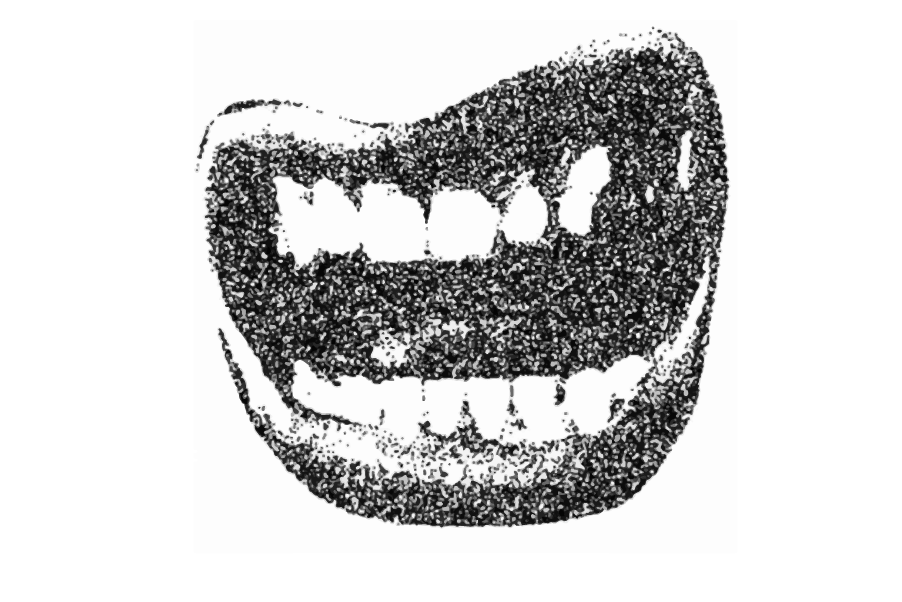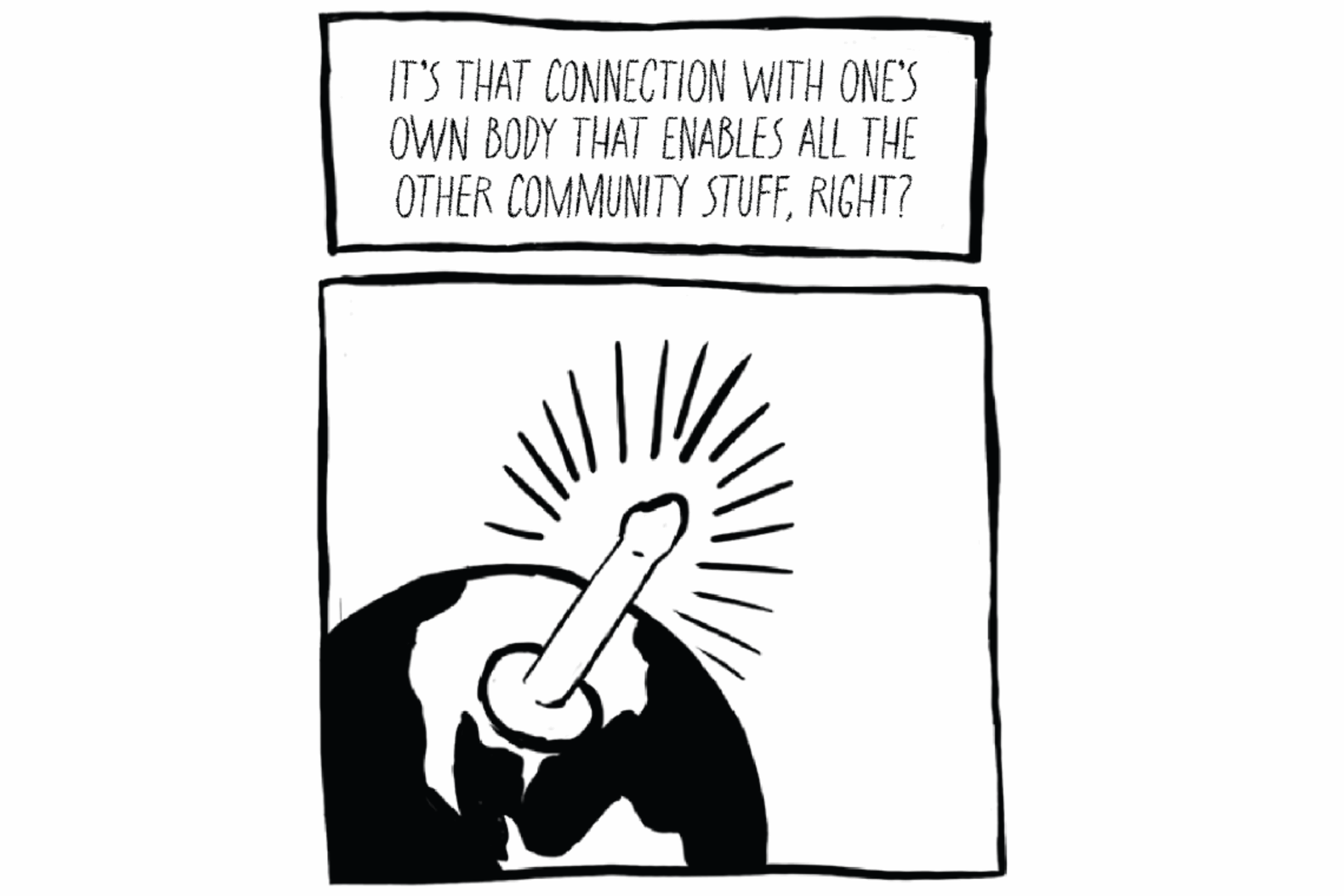Exploring the cultural impacts of Charli XCX’s newest album, BRAT

By Jahrell Reyes Teodoro
In an age dominated by streaming services, where all the world’s music is just a simple click away, an eccentric trend has emerged on social media platforms like TikTok and Instagram.
Users are playing Charli XCX’s album, BRAT on old, passé devices, reminiscent of the sleazy, retro-futurism of the early 2000s to late 2010s. The use of outdated iPods, Walkmans, and older stereos has been trending since the release of Charli XCX’s new album, creating a cultural shift from digital streaming services toward physical media.
Longing for these eras of preambular handheld and portable technology, I want to know what drove our sudden attraction to the technology we once considered outdated and the potential implications of this phenomenon. Is this truly a resurgence of physical media or merely a severe case of nostalgia?
The Impact of Social Media
Trends on TikTok have taken hold of pop culture, exemplified by the obsession over BRAT. Videos of people enjoying Charli XCX’s music on glitchy stereos or broken iPods have garnered millions.
Another example would be the resurgence of Frutiger Metro, a maximalist design style prevalent in the 2000s. This expression-focused style has resonated deeply as our generation slowly moves away from the polished digital age and its platforms such as Spotify and Apple Music.
Frutiger Metro utilizes many glossy patterns and textures with a pop of colour that will make Charli XCX fans reminisce about how colourful the world used to be. Apple’s iPod Ad Campaign is the most iconic example of Frutiger Metro.
In an era where music consumption is used for self-expression, where forgetting your headphones at home is the modern equivalent of leaving your sword behind, this trend reintroduces authenticity. Social media personality, Sammy Talukder says, “TikTok changed the dynamic of authentic listening experiences.”
People often develop a meaningful connection to music by engaging with or immersing themselves in the music content. TikTok emphasizes a fast-paced algorithm, requiring speedy scrolling on one’s “FYP” rather than in-depth analyses, fostering a disconnection to the consumed media.
“I don’t think TikTok has changed the significance of these experiences, but I can see how it ruined other people’s experiences,” says Talukder.

Social media is a major factor in trends that welcome nostalgia. This continual exchange of memories is amplified by social media platforms like TikTok and Instagram, which foster a community centred on shared experiences.
Users take comfort in the fact that Charli XCX’s music is enjoyed by many and thus share videos showcasing the outdated yet nostalgic sounds of their retro devices playing her contemporary music. This sense of community adds to the significance of this trend on the return of physical media.
The Rise of Physical Media in 2024
Why are we returning to physical media?
For many, the reason is boredom with listening to music on digital platforms. Playlists created by algorithms deprive us of the human experience that comes from thoroughly choosing specific songs for a certain vibe. Given how the structure of streaming services, and its perpetuation for mass streaming that prioritizes numbers over experience — people are listening to music superficially, creating a sense of disinterest and unoriginality. I know when I curate my playlists, every song I add is with intention and has a symbolic meaning!

Music can resonate deep within us, especially when the themes presented in these songs relate to and understand the emotions we are going through. Collector and music enthusiast on TikTok, Bob Kilometer says, “I think we hold onto these ‘relics’ of music enjoyment to build a stronger connection to [artists].” Collecting physical media such as vinyl albums, CDs and other merchandise provides us with a tangible connection with our favourite musicians and songs.
These relics capture feelings and the listener’s personalized taste and music, in turn allowing fans to have a more materialized impact on the artist and satiate a desire for ownership that streaming services cannot provide.
“The era of music streaming has us feeling overwhelmed, and being able to collect a physical release tied to our favourite music is just human nature,” says Kilometer.
Collecting physical media is an expression of humanity and the desire to preserve the things we value most. Physical media provides a sense of permanence to safeguard these artifacts in the fast-paced digital age. It symbolizes our passion for music and the artists who create it.
Authenticity vs. Performative Consumerism
Inevitably, there is a chance that users may begin to tailor their identities towards the devices and music they come across, constructing a performance rather than a genuine appreciation for music. As that line blurs, questions arise over the sincerity of those relationships. Fans and critics alike consequently started to question the validity of her cultural moment and transformed what seemed like a bold pop celebration into a symbol of superficiality.
By being able to tune out any other distractions, this minimalism of physical media can help listeners have a more intentional and meaningful listening experience by focusing solely on the music. There’s an inherent sincerity to the act of indulging in physical media. Audiences have fully immersive escapades into the world of the album instead of devoting that energy elsewhere.
“Media players are also uniform in function. No distractions or notifications, they just play music,” says Kilometer.
This debate between performative consumerism and authenticity has never been so relevant. Collector and Musician, Mark John Fukker, points to the increased demand for authentic experiences in a society where online personas are streamlining the masses more and more.
“There’s a real authenticity to listening to something you can hold onto in your hand. There is a sense of pleasure in having your own devices,” says Fukker. Physical media provides users with a tangible alternative to complete digitization. Unlike streaming services, it adds personalization that makes users feel seen and heard.
A New Way of Self-Expression?
The resurgence of nostalgic listening experiences, especially viewed through the eyes of Charli XCX’s BRAT, reveals a need for sincerity in the digital age. However, it can be quite difficult to affix this nostalgia.

When searching for authenticity via outdated media players and distorted iPods, we have to be careful not to get caught up in performative consumerism. In the end, whether we are streaming with our budget-friendly student music plans on Spotify or listening on our obsolete devices that are surprisingly still intact despite their wear and tear, the only thing that matters is the music itself and the euphoria we feel when we hit the play button.





